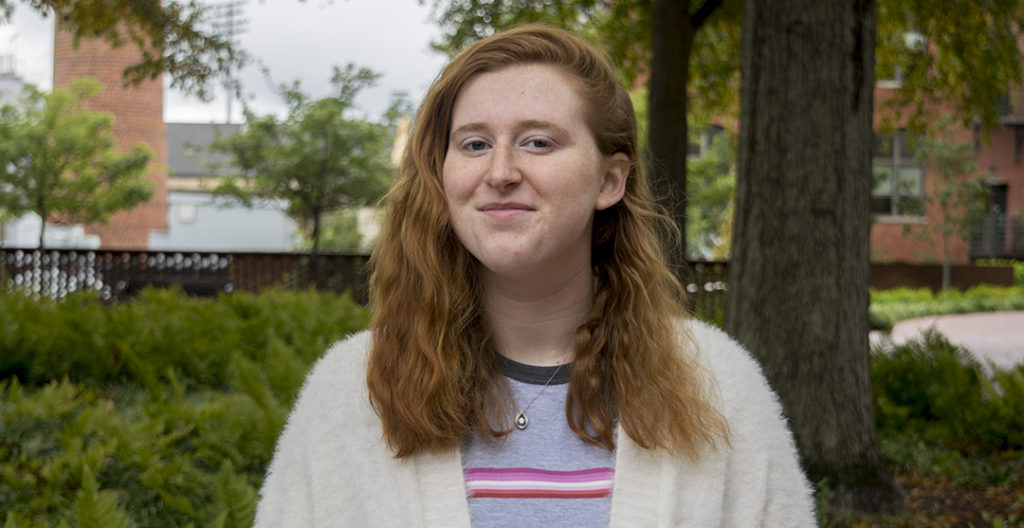
“Workin’ Moms,” starring Catherine Reitman, Dani Kind and Juno Rinaldi, features working mothers in their thirties and their friends trying to juggle the responsibilities of their careers, motherhood, their relationships with their partners and the other stressors of life in Toronto.
This wickedly funny and ruthlessly honest series by Wolf and Rabbit Entertainment, the production company of real-life couple Catherine Reitman and Philip Sternberg who play Kate and Nathan Foster on the show, aired first on CBC in 2017. The show quickly gained a following and the first three seasons premiered on Netflix in 2019.
The majority of episodes are written or directed by women, drawing young female audiences to the stories depicted in the show. The first two seasons thrive on these honest tellings of just how hard motherhood can be. Protagonist Frankie struggles with post-partum depression, Jenny realizes she cares more for her career than a domestic life with her husband and infant child and Anne discovers that she is pregnant just eight months after giving birth to her youngest child.
“Workin’ Moms” unfortunately features a cast of mostly white, rich, heterosexual women with just one token “diverse” couple to speak of, but does a good job showing different ways of being a mom.
Still, the show would benefit from the addition of more diversity to the cast without adding people of color, lesbian and gay couples in the background of white, straight narratives.
While the previous seasons touch on topics such as reproductive rights, divorce, work promotions, maternity leave, mental health and extramarital affairs, this season seems to fall just short of such compelling work.
The show is seriously binge-able, but there are several elements that, if changed in even the smallest of ways, could greatly improve the dramedy.
Instead of combining subtle humor with serious revelations, the third season opts for an approach that prioritizes shock value and unrealistic drama. The first two seasons of the show do well in their effort to create clever combinations of compelling narratives and raunchy humor, but the third series of episodes counts too much on the sex and fails to include the proper growth that the characters deserve.
Though viewers get to see many of main character Kate’s dreams come to fruition — she finally has the daughter she has always dreamed of, starts her own business and proves herself to her arch-nemesis from season one — there are still plenty of things holding her character back.
The audience can see the writers’ intent, such as their attempt to capture the complications of co-parenting and still being in love with the man who had an affair with the nanny. Still, some of these actions, though hilarious, seem a little out of character.
The one greatly successful scene in Kate’s character arc is her final scene of the season: an argument with her husband, the father of her children and the man of her dreams. Kate’s confusion and flustered demeanor as she grapples with the choice she must now make really push the audience to the edge of their seats.
Anne’s third season troubles thrive on her anger wiht her predator ex-husband, but unlike previous seasons, there is no closure for Anne or the audience. Instead, the storyline ends without much depth.
Her problems with her daughter return after almost two dozen episodes of effort to resolve them, and her aggression toward almost useless side characters fizzles out without a conclusion or a promise of a continuation of the storyline in future episodes.
As for Frankie, her post-partum depression somehow disappears without a trace and she gains little development across the 13 episodes.
Jenny’s character comes back into the spotlight after an entire season of taking a secondary role and she refuses to grow as a person, making her almost a villain in her own series.
Val also takes on a new role as the audience peeks into her life more than previous seasons, but nothing new is learned besides the fact that her sons are possibly the worst people on earth, so much so that she needs a man to help her reign them in.
The finale, not unlike previous finales, leaves fans with plenty of questions. Will Anne’s daughter Alice hold her mother’s secrets over her head? Will Kate go back to Nathan or choose the sexy businessman she has been in bed with both literally and in a business sense?
Though the season is disappointing in comparison to the previous two, fans and critics alike remain optimistic about season four. Seasons one through three of “Workin’ Moms” can be watched on Netflix, and the fourth season is set to air in winter of 2020.









